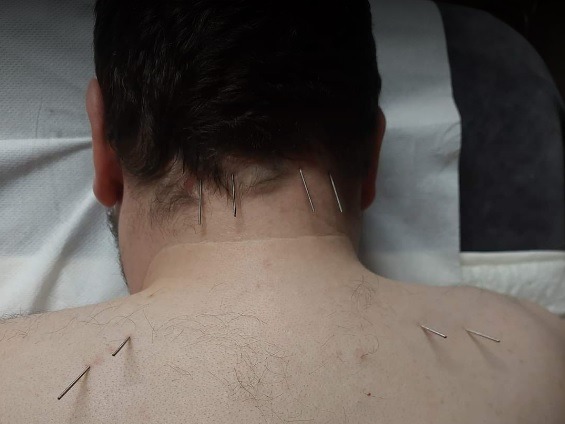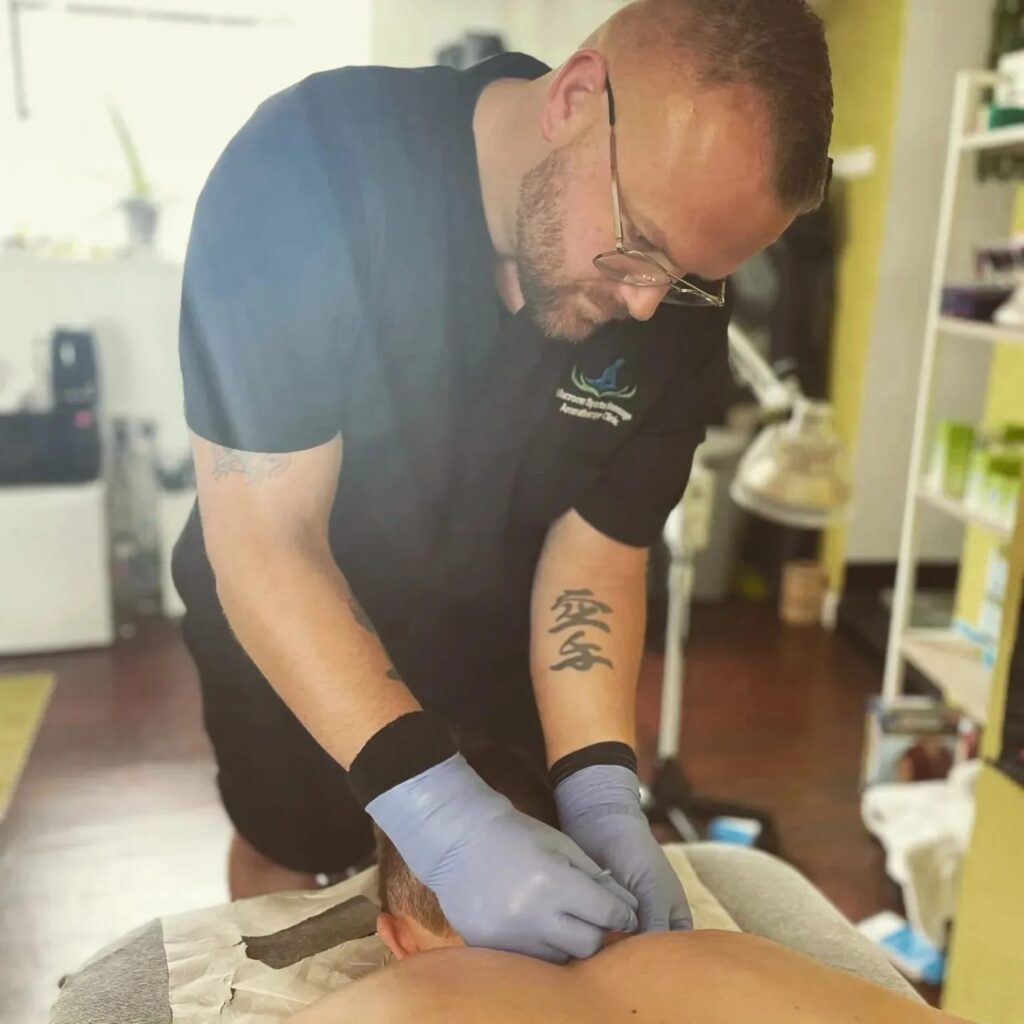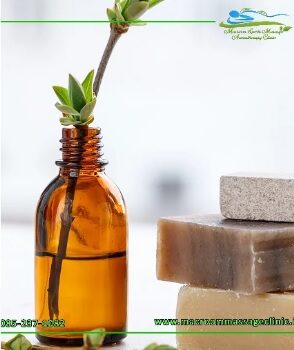Macroom Massage & Holistic Clinic
What is Dry Needling?
Health professionals by Macroom Sports Massage:
Although the name may sound intimidating, dry needling is a safe and frequently effective technique for managing pain with minimal discomfort when performed by certified physical therapists. This technique uses short, fine stainless steel needles inserted into your skin. It’s called dry needling because the filiform needles, also called monofilament needles, don’t inject fluid into your body.

What is aromatherapy?

It is a type of treatment, mostly holistic in nature that usually uses natural things and plant extract as raw material for our customer’s personal and mental wellbeing. Sometimes it is also called essential oil therapy. In aromatherapy, aromatic essential oils are used since they have medicinal properties to improve our customers’ bodies, minds, and spirits. Recently gained some noise and light aromatherapy is getting more recognition in science and medicine to enhance physical and mental health.
Dry Needling vs. Acupuncture: What's the difference?
While both dry needling and acupuncture use very thin needles, the placement and reason behind the placement are different. Acupuncture, based on traditional Chinese medicine, follows energy channels or pathways. The technique was originally used to balance energy flow by inserting the needles into specific points along the pathways that run throughout your body.
Today’s Western practitioners often place the needles at points to stimulate connective tissue, muscles, and nerves. The needles help promote the release of beneficial chemicals to help heal and improve function. It is also used as a method to boost overall well-being and aid in stress management.
In dry needling, healthcare professionals place the needles at or near trigger points in your tissue or muscle. This type of therapy is used to help correct muscle movement imbalances, range of motion and relieve pain. There are different techniques used, depending on your pain and its location.
Trigger-Point Dry Needling
Trigger points are tight bands of muscle located within a larger muscle group. It often develops as a protective response to repetitive motion, sustained postures, or injury. Trigger points often result from too much acetylcholine. This neurotransmitter normally stimulates muscle movement. However, the band may reduce blood flow and restrict oxygen to the muscle, resulting in chemical build-up.
Myofascial knots or myofascial trigger points occur when muscle fibers or the bands of tissue called fascia underneath them tense and tighten. These knots may cause muscle weakness, spontaneous local or referred pain, restricted range of motion, and stiffness. The needle helps release the knot and relieve any spasms or muscle pain. The therapist using this technique typically inserts the needle and lightly taps it into the trigger point. The positioning technique is characterized by the insertion of the needle perpendicular to the trigger point with partial withdrawals.
Non-Trigger Point Techniques
Depending on your needs, your physical therapist may use a technique that relies on in-and-out needle insertion, known as superficial dry needling. Called pistoning, the needles prick near the trigger points slightly and are then quickly removed. Therapists use this technique when treating delicate areas, such as the lower back. Its goal is to trigger the reflexes that bring pain relief, not remove knots from the muscle.
What are the benefits of dry needling?
Dry needling is one component of a treatment plan that may include heat and manual therapy, exercise, and education. There are several benefits to this treatment in addition to being minimally invasive.
- Relieves Muscle Tightness and Pain
Instead of treating the general area of the pain, dry needling targets the origin point. For example, if you have shoulder and neck pain, the therapist inserts the needles into the trigger points. It alleviates the pressure and tension in the muscle and releases any inflammation and chemicals. As a result, you may experience immediate pain relief.
- Improves Range of Motion
Having a complete and fluid range of motion is important for everyone but essential for athletes. When dry needling releases tension and knots, it restores the blood and oxygen flow. This allows you to achieve a full range of motion. Improving overall function can reduce or eliminate discomfort, allowing you to focus on your performance and not the pain.
- Accelerates Recovery
Injuries are a common occurrence among athletes and those with an active lifestyle. Recovering from some injuries can take months. Dry needling may speed up the healing process and help you get back to full strength faster when compared with other therapies.
What conditions can dry needling help?
There are several conditions that health professionals may treat using this method, such as:
- Chronic muscle spasms and tension
- Disk problems
- Jaw and mouth problems, including TMD
- Joint issues
- Night cramps
- Pelvic pain
- Phantom pain
- Post-herpetic neuralgia
- Repetitive motion disorders, such as carpal tunnel syndrome
- Sinus pain and congestion
- Tendonitis
- Tension headaches and migraine
- Whiplash

Dry needling often helps when other treatments, such as massage therapy, cold laser therapy, and other options, do not achieve the desired results.
Regular activity can come to an unexpected, painful halt when you have stiff or tight muscles. Whether you play sports, hike, bike, or spend time working out at the gym, you know that painful knots can knock you off your game and throw off your routine. If you have muscle aches and pain that have sidelined you, contact us today to schedule an appointment and get your life back on track.
Our Time
OPENING DAYS:
MONDAY 09:15am – 04:00pm
TUESDAY 09:15am – 09:00pm
WEDNESDAY 09:15am – 03:00pm
THURSDAY 09:15am – 09:00pm
FRIDAY 09:15am – 09:00pm
SATURDAY 08:00am – 01:00pm
Sunday Closed
* (Closed for Lunch From 1pm – 2pm)


